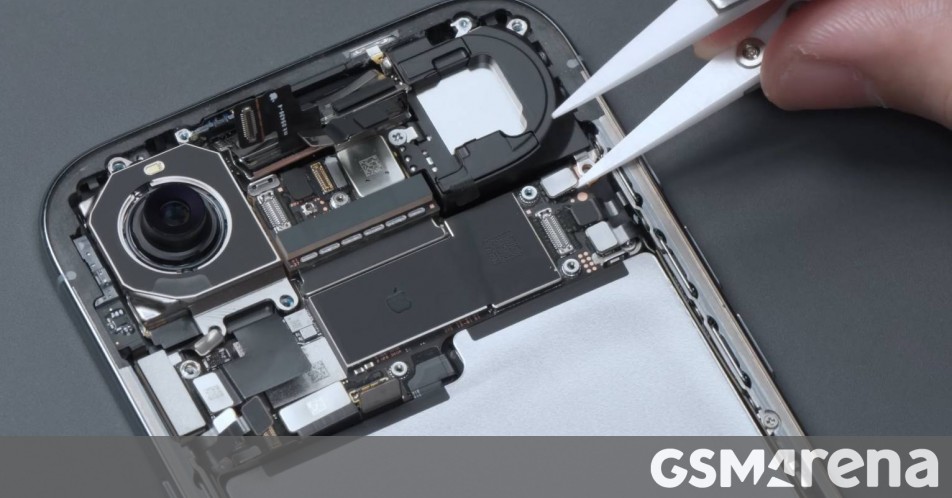There have been several teardown videos of the Apple iPhone Air already, but this one from WekiHome is still worth a look. It explores how Apple managed to make the Air as thin as it is – just 5.6mm.
It’s a very complicated 3D puzzle with components stacked on top of each other and having complex shapes with very little tolerance between them. Apple engineers did an impressive amount of work to fit as much as possible in the internal volume available.
WekiHome took measurements as the teardown progressed and arrived at some interesting numbers. For starters, the rear glass panel on the iPhone Air is thicker than that of the iPhone 17 Pro – 0.6mm vs. 0.45mm. However, the screen is a bit thinner at 0.919mm vs. 0.987mm.
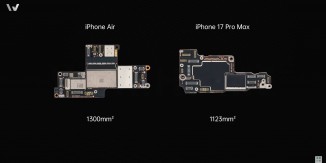
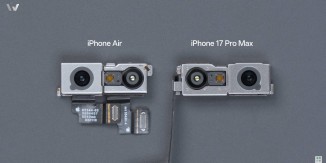
iPhone Air and 17 Pro motherboards • iPhone Air and 17 Pro FaceID modules
Interestingly, the Air motherboard has a bigger footprint than that of the 17 Pro (as you can see in the screen grab above). That is because there was a limit to how much Apple could stack components – it had to keep things thin. The other interesting tidbit is that the FaceID module seems to be mirrored between the two phones.
The chassis of the Air is a mixture of different materials. The perimeter is titanium for strength (which bears out in durability tests), but the inside frame is aluminum. Super thin aluminum at points – the battery bay measures just 0.255mm thick. Just for comparison, the typical aluminum foil you find at home is around 0.016mm.
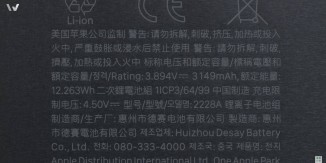
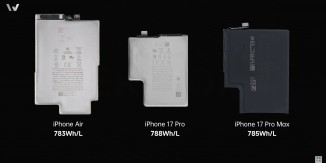
A closer look at the iPhone Air battery
The battery is the trickiest part – it only measures 2.8mm thick. It has 3,149mAh capacity (12.263Wh) and WekiHome calculated its energy density at 783Wh/L (though it warns that this is the minimum, the actual value is likely around 800Wh/L). A similar calculation for the Galaxy S25 Edge battery (3,900mAh) shows a lower 758Wh/L capacity.
Neither is a particularly impressive number – the vivo X200 FE battery has 845Wh/L density, for example. And there are much more impressive batteries to come – earlier this year, Realme showcased a prototype phone with a 10,000mAh battery that had 887Wh/L density. Then, the company showed off a 15,000mAh prototype with a whopping 1,200Wh/L.
Anyway, the goal of the iPhone Air is not to further battery technology – it is instead a practice run for Apple’s upcoming foldable. Watch WekiHome’s video for a closer look at the Air construction:
Apple iPhone 17 Air

